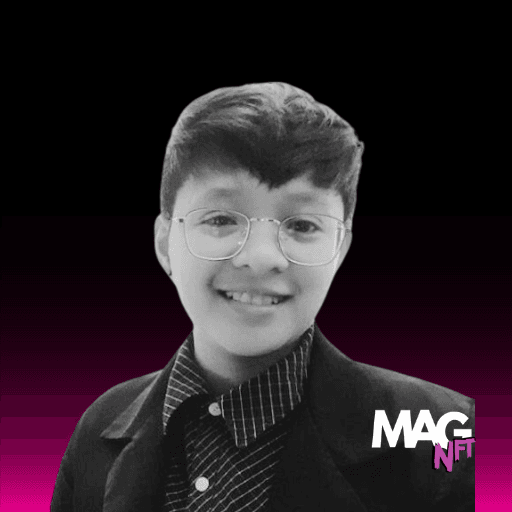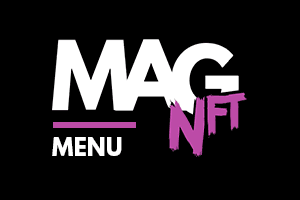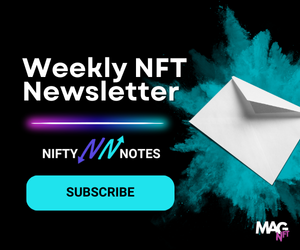As AI technology advances, digital artists are facing an emerging challenge: how can they prove their creations are genuinely theirs? This question, raised by renowned digital artist XCOPY, has sparked discussions among artists, technologists, and collectors alike.
The tweet reflects growing concerns within the art community about the authenticity of artwork created in the age of sophisticated AI generators. These tools, capable of mimicking well-known artistic styles—including iconic ones like Studio Ghibli—are making it increasingly difficult for human artists to establish their ownership over their work.
In this new landscape, where AI can generate convincing imitations, XCOPY is calling for a secure, irreversible method to sign and authenticate artistic creations.

What was the discussion all about?
The rise of AI-generated art has introduced complex issues regarding authorship and originality. AI systems can now generate works that are strikingly similar to human-created art, especially when trained to replicate established styles.
For human artists, this presents a problem—how can they prove their work is their own when AI can create near-identical pieces? Traditional methods of signing artwork, such as digital signatures or certificates of authenticity, are no longer sufficient.
As AI becomes more sophisticated, the need for an immutable way to sign and prove ownership over creative works has never been more urgent.

What are the solutions suggested by the community?
XCOPY’s tweet has sparked a wide range of responses, with many in the community offering potential solutions to help artists prove the authenticity of their work.
@skominers, for example, recommended creating a decentralised and open solution that would be compatible with future platforms, allowing artists to securely prove ownership of their creations. Blockchain’s immutable nature would provide a permanent, verifiable record of a work’s creation and provenance.
Others have raised the idea of multi-chain solutions, with @rickmanelius noting the importance of verifying work across various blockchain networks, such as Ethereum, Solana, and Tezos to ensure that an artist’s work remains protected, regardless of which platform is used to display or sell it.
Additionally, @psych_nft proposed integrating proof-of-generation directly into AI tools. This idea would involve embedding a form of proof within the AI creation process itself, ensuring that every piece of art generated by AI can be traced back to its source and creator.
Whilst the question remains unanswered, the conversation may prove crucial in shaping how digital art maintains its value and authenticity in the AI age.

Blockchain evangelist. Content creator & graphic design hobbyist. Loves gaming!






